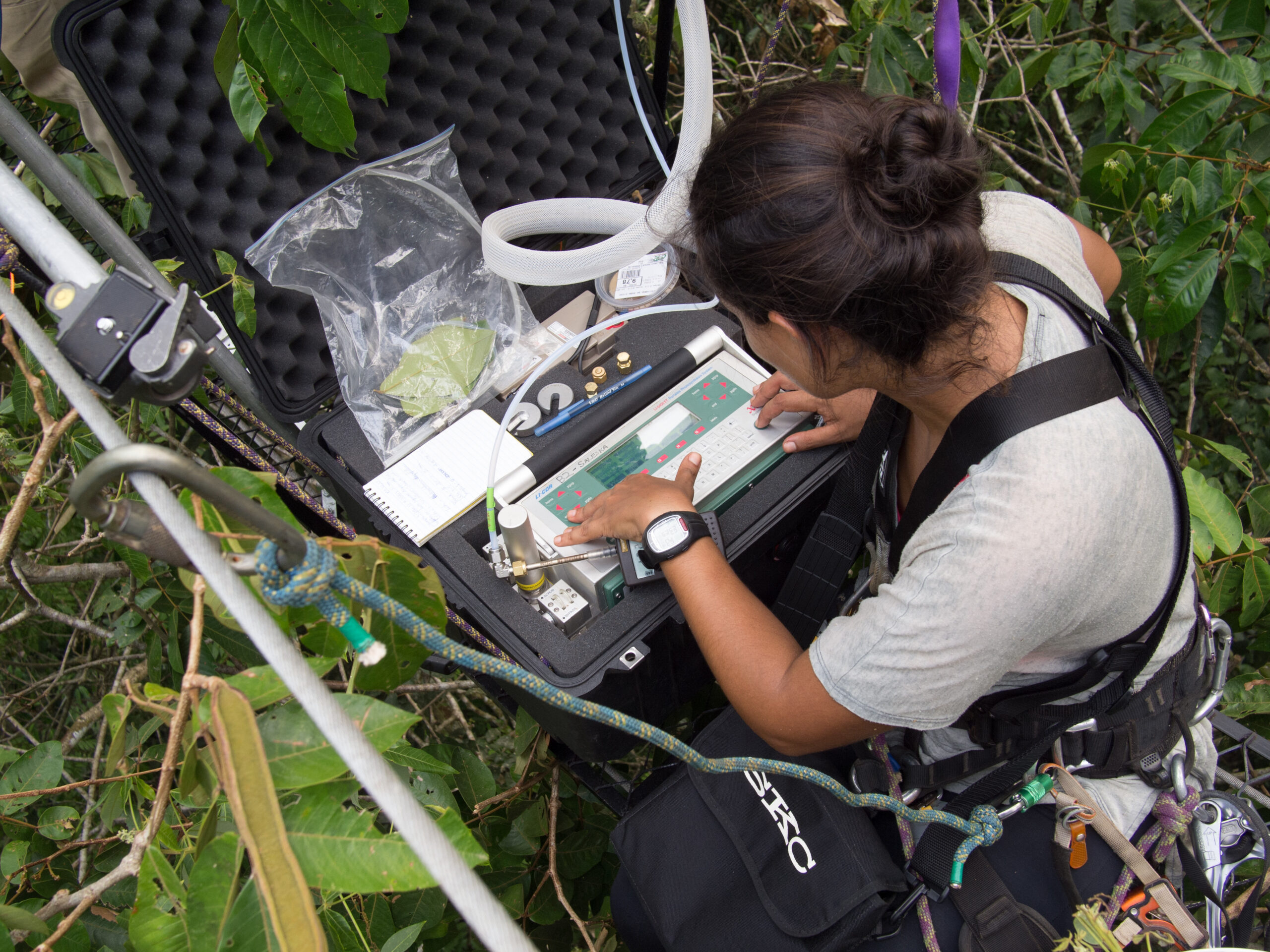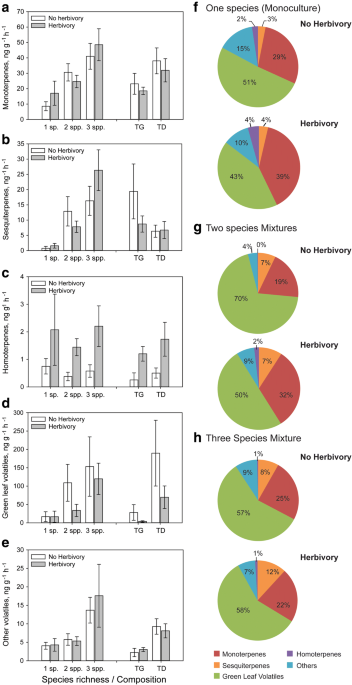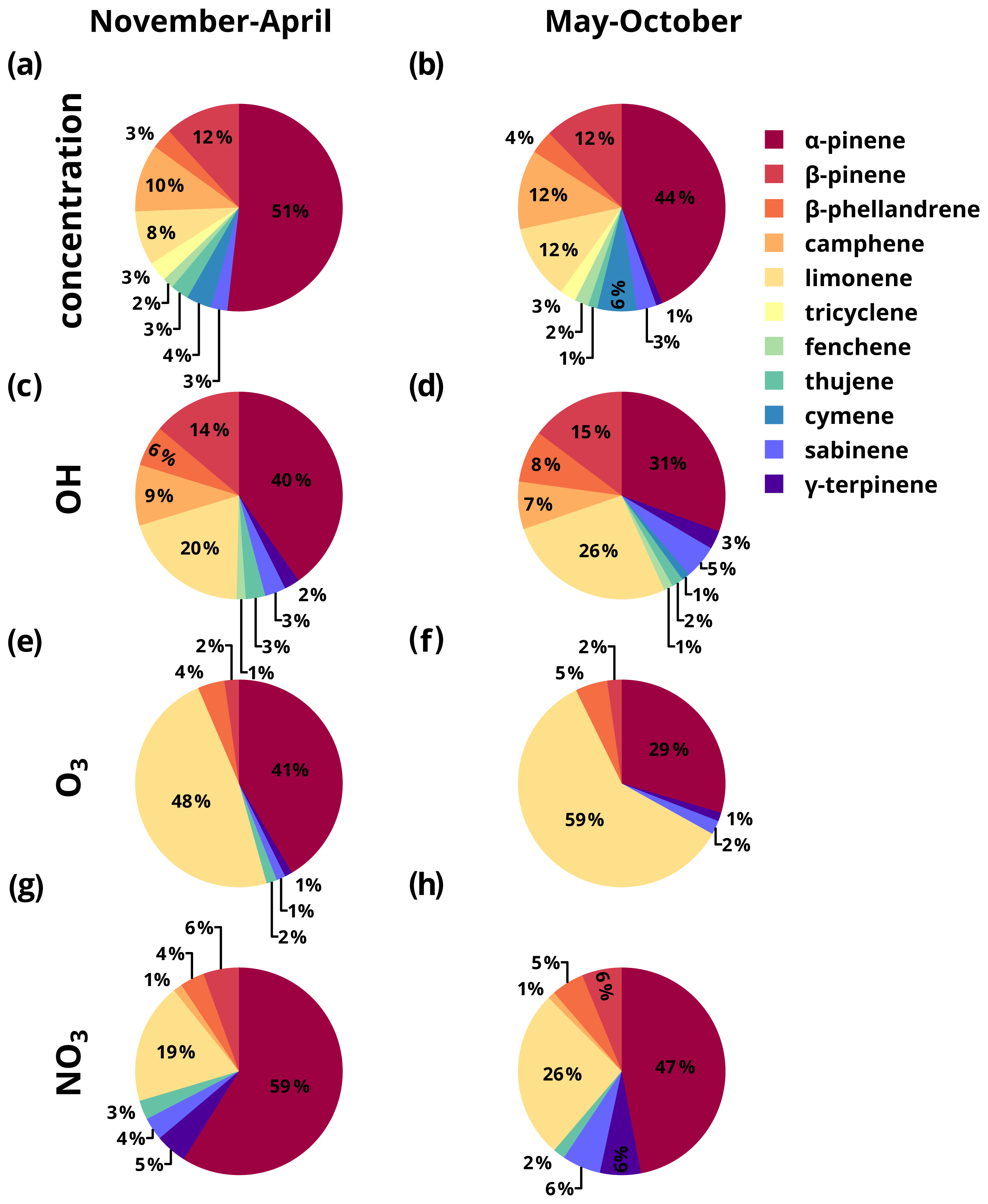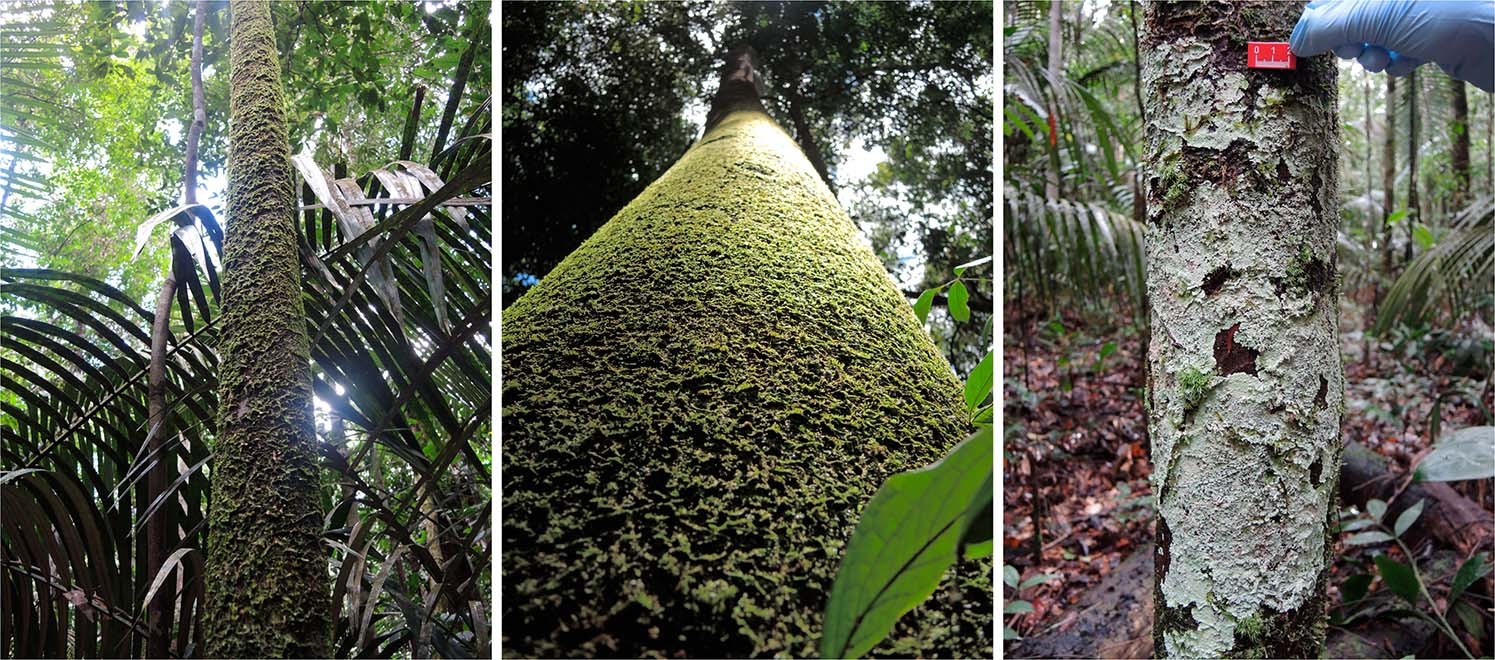
Biogenic volatile organic compound emission from tropical plants
4.7 (364) In stock

4.7 (364) In stock

Spatiotemporal Distributions of Ambient Volatile Organic Compounds in China: Characteristics and Sources - Aerosol and Air Quality Research

PDF) Heat stress causes enhanced use of cytosolic pyruvate for isoprene biosynthesis

Terpenes and the thermotolerance of photosynthesis

BVOC emissions across seasons - ATTO - Tall Tower Observatory

Ambient air characteristics of biogenic volatile organic compounds at a tropical evergreen forest site in Central Western Ghats of India

Plant volatile emission depends on the species composition of the neighboring plant community, BMC Plant Biology

Plant specific emission pattern of biogenic volatile organic compounds (BVOCs) from common plant species of Central India

PDF) Photosynthesis and Related Physiological Parameters Differences Affected the Isoprene Emission Rate among 10 Typical Tree Species in Subtropical Metropolises

Characteristics of biogenic volatile organic compounds emitted from major species of street trees and urban forests - ScienceDirect

New study reveals influencers of global biogenic volatile organic compound emission trends over the last 20 years

ACP - Measurement report: Variability in the composition of biogenic volatile organic compounds in a Southeastern US forest and their role in atmospheric reactivity

Leaves and shoots of the 10 tree species included in the study.

On the induction of volatile organic compound emissions by plants as consequence of wounding or fluctuations of light and temperature

Reviews of emission of biogenic volatile organic compounds (BVOCs) in Asia - ScienceDirect

Cryptogamic organisms are a substantial source and sink for volatile organic compounds in the region